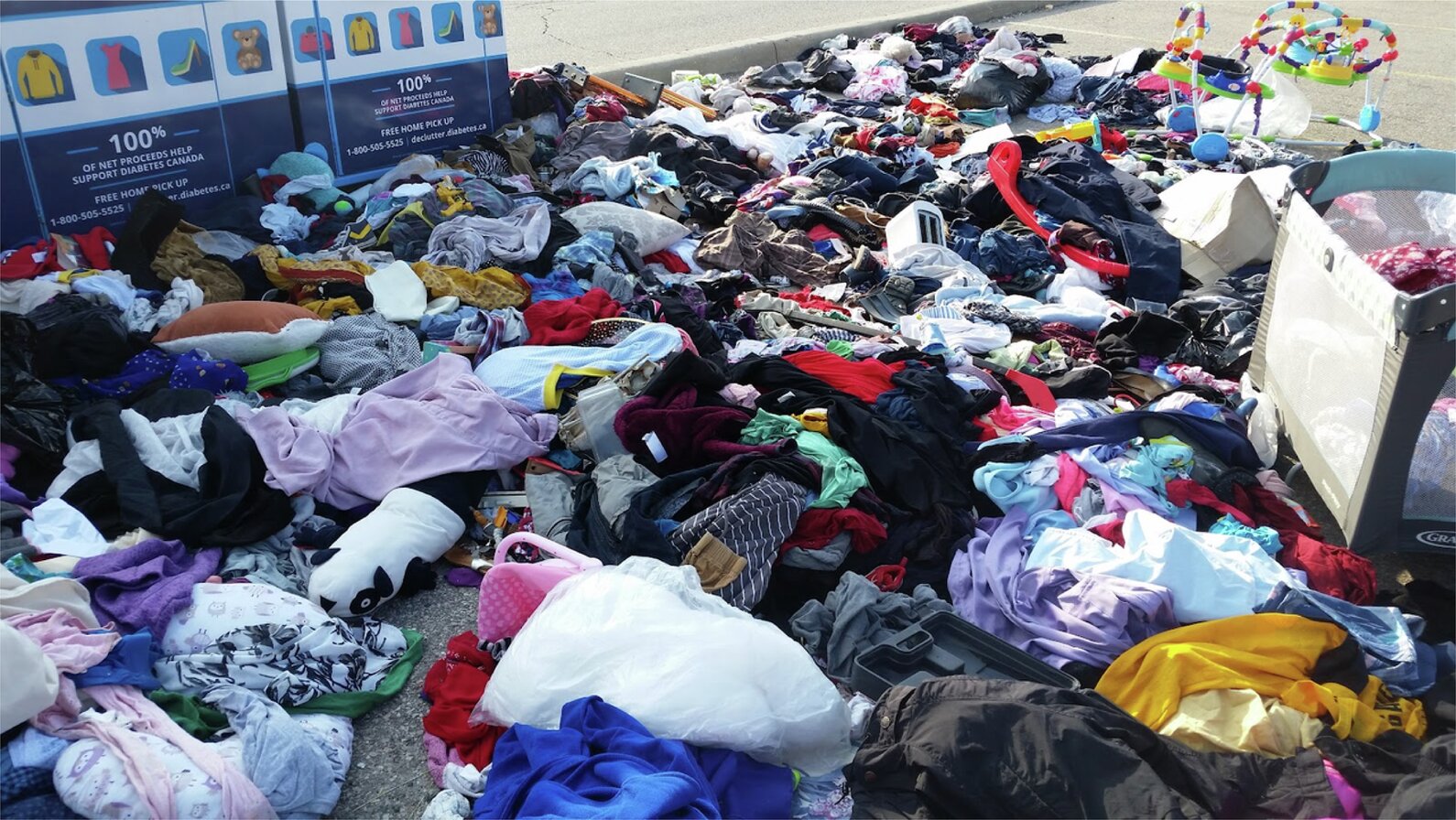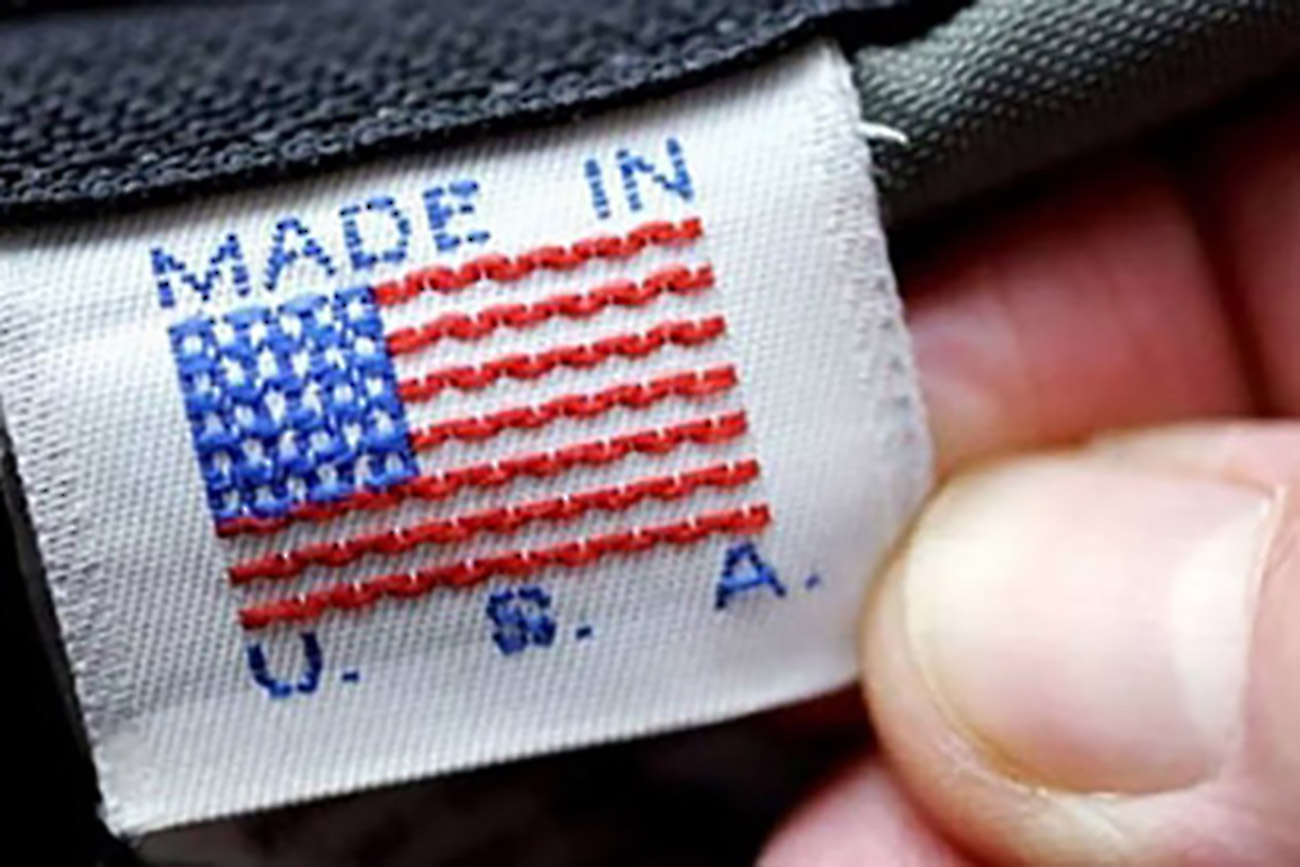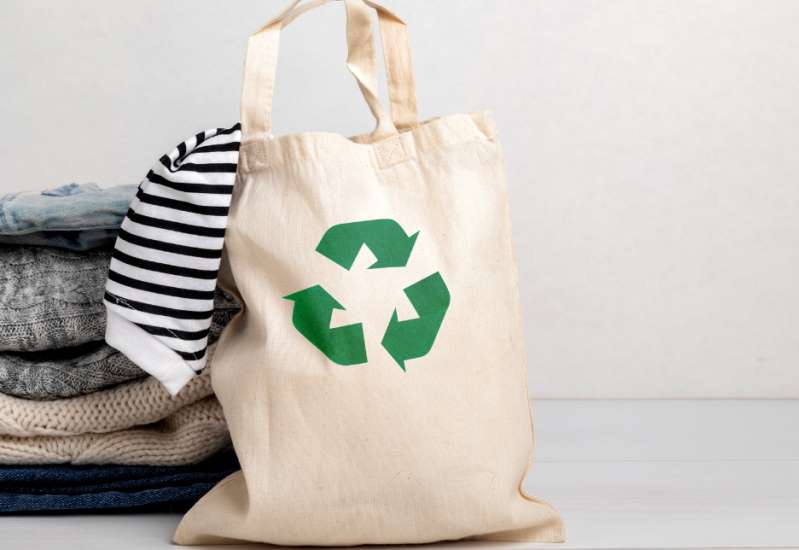
India’s lifestyle industry is up and running with demand for locally made products for international markets reaching customers through online mediums. The changed landscape of Indian apparel industry has seen many small and local businesses enter the segment with specific and sophisticated products targeted both at domestic and global customers, willing to pay a higher price for better quality and trendy designs.
Analysts say, almost all merchandise exports from India are rapidly growing and expected to more than double their current value by 2025. Having hit a record high of $40.38 billion in 2022, merchandise exports from India increased at around 15 per cent year-on-year to $35.26 billion earlier. Export revival, supply chain pipelines and improvement in consumer demand have altogether contributed to general growth.
Need to focus on circular economy for fast fashion exports
However, things may not be smooth in post-Covid markets as apparel exporters fear US and European economic slowdown, rupee depreciation, inflationary pressure and complicated geo-political situations due to the Ukraine war will slide down profit margins.
It is always the fast fashion apparel segment from low-cost manufacturing hubs of South East Asia that keeps the global export market thriving. To have an on-trend product portfolio with an excellent time-strategy system on offline shop shelves and online websites is now vital. Therefore, establishing overall infrastructural and capability ecosystem for a smooth end-to-end supply chain that can support a highly fluctuating and flexible manufacturing and production apparel industry is important.
Online retail websites require an added cost from fashion brands as they need to ensure they integrate partners who can support them with virtual platforms. Partnerships and collaborations in the Indian industry is fast increasing with a focus on high-tech products, versatile garments and accessories portfolio and reliable payment mediums and transport logistics which together create a wholesome customer-friendly brand.
Exports say, fast fashion is sustainable only in a circular economy where you need to give back and Indian brands need to focus on whether they will throw away, recycle or repurpose the garments, However, India is still taking baby steps in sustainable and circular economy, due to the high cost of maintenance to reduce their carbon footprint.
Government policies, R&D investments to propel sales
To tap into the Indian middle class which is a value-for-money segment that prefers quantity over quality, governmental regulations and investments are required on sustainability issues. A long history of inadequate trade infrastructure, low credit access, outdated technologies and trade barriers has made the Indian economy slow. However, new government policies such as the National Infrastructure Pipeline, Gati Shakti Scheme and FTA’s and the focus on increasing investment in R&D will propel the industry forward.
Working towards a vertically integrated set-up will help from Indian brands to cut costs and be more competitive with their price points and product USPs; increase investments on R&D to launch unique products. With the current fragmented supply chain, just about 3-4 per cent of fabric comes from the organized sector and high-tech machinery is not normally used in factories of most local fabric makers.
To compete with fabric manufacturers in Japan and Europe, the Indian garment segment needs to encourage FDI in loom manufacturing to start building capacity and increase to at least 40,000 looms per year over the next decade, from the current 5,000 looms a year. The moot point is, the apparel sector should not be a fragmented one as all processes in the value chain have to be interlinked and businesses leaders need to collaboratively focus and develop the industry with government help to both small and large manufacturers.












